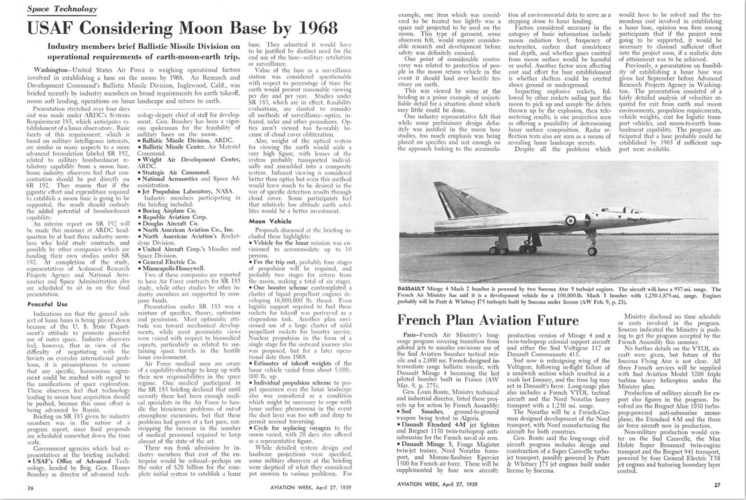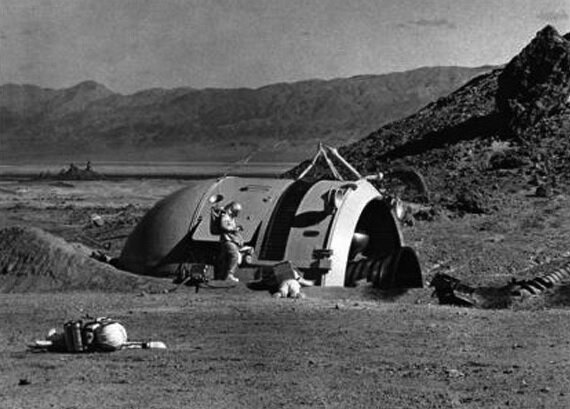- Joined
- 27 September 2006
- Messages
- 6,366
- Reaction score
- 6,703
As the US looks to go back to the Moon with Artemis my question here is, what might have been feasible in the 1970s to keep the US sending manned expeditions to the Moon?
Clearly, the main obstacle was a political one. With no Soviet manned lunar programme once the US had got to the Moon first enthusiasm for Space drained very quickly. Apollo8's iconic shot of the blue Earth reminded people that there were many things to spend money on down here.
Apart from further scientific work, the Moon did not seem to offer much return for all the money needed to keep going there. Water had not been found in accessible quantities needed to sustain 2001's Clavius base or 1999's Moonbase Alpha.
But the Apollo/Saturn combination worked well and offered both the means to provide orbital labs in Earth and even Lunar orbit as well as making trips to the Moon as routine as Earth orbit missions.
US Industry of course saw more opportunities in the Space Shuttle or a Mars Expedition.
With the benefit of hindsight the Shuttle proved a much less effective launch system than was hoped in the 1970s. Its launches were as expensive and as risky as Saturn launches.
Russia meanwhile kept on using it Soyuz system and this outlasted the Shuttle into the present day.
Some kind of Apollo/Saturn (or Gemini/Titan) combination could have done the same for the US?
Clearly, the main obstacle was a political one. With no Soviet manned lunar programme once the US had got to the Moon first enthusiasm for Space drained very quickly. Apollo8's iconic shot of the blue Earth reminded people that there were many things to spend money on down here.
Apart from further scientific work, the Moon did not seem to offer much return for all the money needed to keep going there. Water had not been found in accessible quantities needed to sustain 2001's Clavius base or 1999's Moonbase Alpha.
But the Apollo/Saturn combination worked well and offered both the means to provide orbital labs in Earth and even Lunar orbit as well as making trips to the Moon as routine as Earth orbit missions.
US Industry of course saw more opportunities in the Space Shuttle or a Mars Expedition.
With the benefit of hindsight the Shuttle proved a much less effective launch system than was hoped in the 1970s. Its launches were as expensive and as risky as Saturn launches.
Russia meanwhile kept on using it Soyuz system and this outlasted the Shuttle into the present day.
Some kind of Apollo/Saturn (or Gemini/Titan) combination could have done the same for the US?




